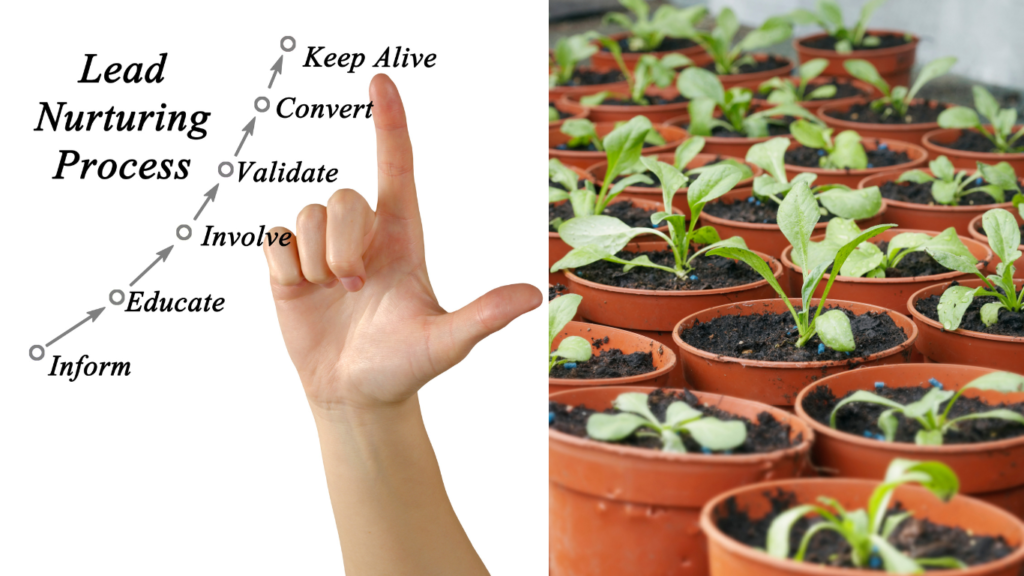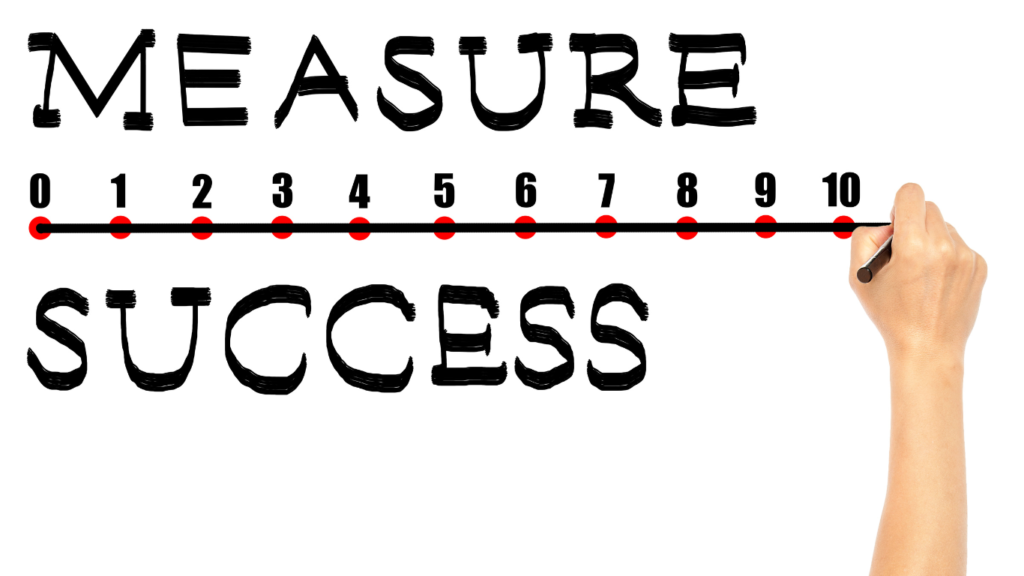
Let’s consider two managers. The first meets with their team and lays out a plan for a new marketing campaign. It’s not their first campaign, and therefore are well-versed in the target audience. Building on past success, they already decided on a course of action before stepping into the meeting. While the manager has an outstanding team in front of them, there is an unwillingness to accept alternatives. The team heads back to their desks and starts to work on the project, yet something is missing.
The second manager has the same goal. Armed with some data, they present the campaign concept to the team. The difference is that the team lead opens up the discussion when they’re done with the introduction and facts. The team brainstorms ideas that have worked in the past and new ones that would open up a whole new audience for the product. The team is ready to dive in by the time the meeting ends.
Same concept – two approaches. The critical difference is openness. Manager one appears narrow-minded. Their ideas might have merit, although this leader was unwilling to entertain other views. Their actions might have been unintentional, yet they demonstrate prejudice – something I believe we’ve all been victims of at one time or another.
Manager two encourages individuals to speak their minds and offer opinions. The team is encouraged to bring all ideas to the table without fearing judgment. Questions are asked, and discussions ensue. The team feels heard and part of a cohesive unit.
Contrast narrow-mindedness to openness, a state of being that lacks restriction and leads to transparency, a buzzword we hear more often in the business world in recent years. We tend to hear about transparency when it conveniently reframes a time when transparency was not a focus. We hear it when trust needs to be built or re-established.
What is helpful to note is that with such an effort in recent years to speak of transparency in the workplace, one might experience this with a more critical ear. Is transparency really happening, or is it a sign of “the lady doth protest too much, methinks?” When leading others, be mindful that you are truly being transparent rather than creating smokescreens for others to fumble through in an attempt to discern the difference.
When we as leaders fail at truly being transparent, such behavior will lead to team members’ doubting your intentions, ultimately generating a lack of trust. Then you have the opposite of openness to overcome.








